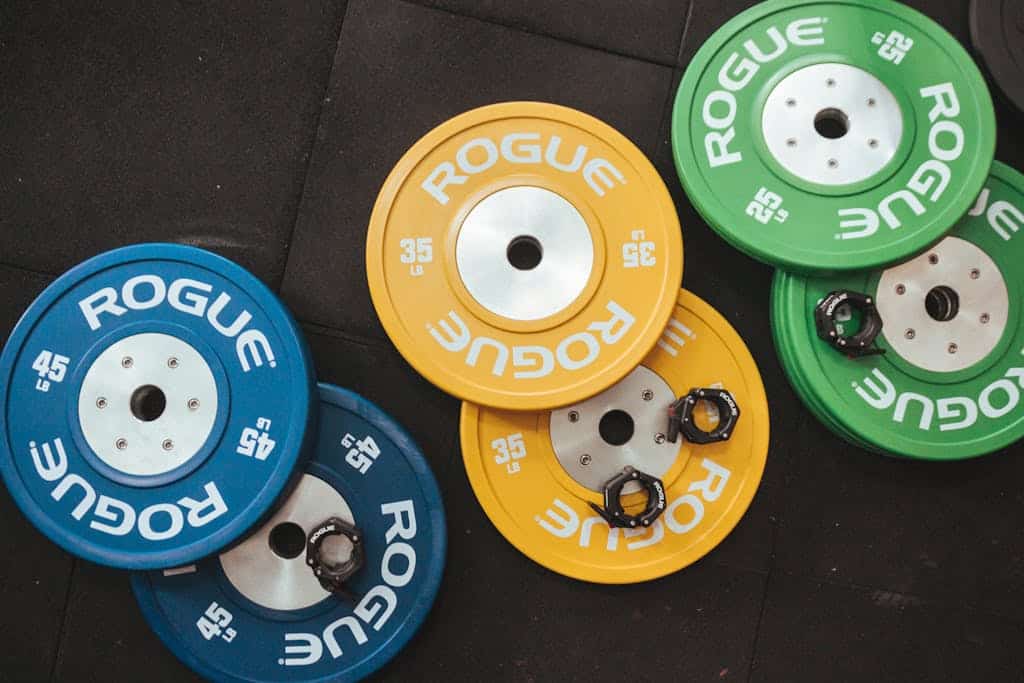GLP-1s and Exercise | Is it SAFE to Work-out on Ozempic?
GLP-1s are having a moment. Ozempic, Wegovy, Trulicity—names you’ve probably heard in passing or maybe even discussed with your doctor. These medications mimic a natural hormone that helps regulate blood sugar, slow digestion, and reduce appetite. For people managing type 2 diabetes or working toward weight loss, they’ve opened new doors.
But once you’re on a GLP-1, the next question often comes up fast: can you still work out safely? The short answer is yes. The longer answer is—let’s talk about how to do it in a way that feels good, supports your goals, and respects what your body’s adjusting to.
What GLP-1s Do (and Why That Matters for Movement)
GLP-1s (short for glucagon-like peptide-1 receptor agonists) help your body respond to food more efficiently. They encourage insulin release, slow down how quickly your stomach empties, and help you feel full sooner. That’s great for blood sugar and weight management—but it also means your energy, appetite, and digestion might feel a little different, especially when you’re trying to stay active.
What to Expect When You Exercise on GLP-1s
- Your energy might ebb and flow. Especially in the first few weeks, nausea or a lower appetite can leave you feeling a little off. That’s normal. It doesn’t mean you can’t move—it just means you might need to ease in.
- Hydration becomes non-negotiable. With slower digestion, your body needs extra help staying balanced. Water before and after exercise isn’t just helpful—it’s essential.
- Your blood sugar may dip lower than usual. GLP-1s already help lower blood sugar, and exercise does too. If you’re managing diabetes, keep an eye on your levels and talk to your provider about how to adjust safely.
Gentle Adjustments That Make a Big Difference

- Ease into movement. Start with walks, stretching, or light strength work. You’re not trying to win a race—you’re building a rhythm.
- Pay attention, not pressure. If your body’s sending signals—fatigue, queasiness, lightheadedness—listen. Adjust. Rest. You’re not falling behind. You’re learning what works.
- Fuel with intention. Even if your appetite’s low, a small snack before activity can help keep your energy steady. Think protein, fiber, and something easy to digest.
- Stay in conversation. Your provider knows your health history. Loop them in before making big changes to your workout routine. It’s not about permission—it’s about partnership.
Common Sense for the Win
GLP-1s don’t cancel movement—they just ask you to move with more awareness. Exercise is still one of the best ways to support your heart, your mood, your metabolism, and your sense of self. Whether you’re walking the dog, stretching before bed, or lifting weights at the gym, your body deserves that care.
You can keep showing up, keep adjusting, and keep building strength on your own terms. The goal isn’t perfection—it’s presence.
Disclaimer: This article is for general information only. It is not medical advice. Always consult a healthcare professional before making changes to your medication or exercise routine.







